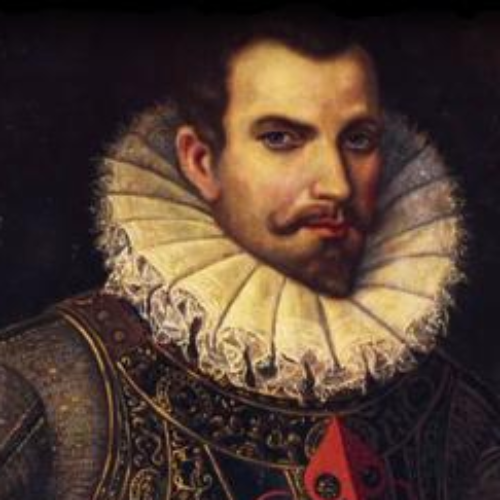In 1604, a Spanish explorer, Juan de Oñate, embarked on an epic journey to explore America’s western region, present-day America, in modern terms. On his journey, he became the first European to encounter the Native Americans, specifically the Mohave Indians, who lived near the Colorado River in the Mojave Desert, a region that we use today.

The sole purpose of Oñate’s journey was discovering a path to the “Sea of the South,” nowadays’ Pacific Ocean. He hoped that it could lead to new trading avenues and routes. Even though he failed to discover the ocean, much about the Mohave tribe, he discovered. The Mohave were seasoned farmers who cultivated such crops such as squash, beans, and corn in and around the river, and they played a key role in trading between disparate Southwest Native American communities. The beginning of encounters between Europeans and Native Americans, initiated with, saw numerous future encounters between them, with some peaceful, but many encountering obstacles and rivalry as well.
For the Mohave, it was only the beginning of drastic changes that started with even more Europeans arriving in years to come.